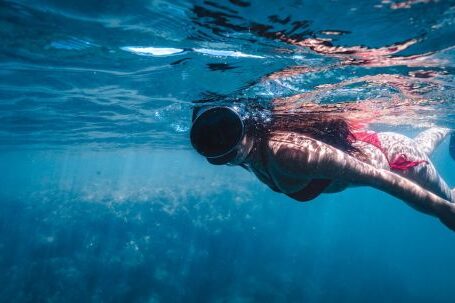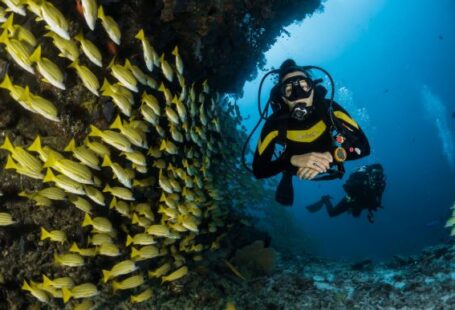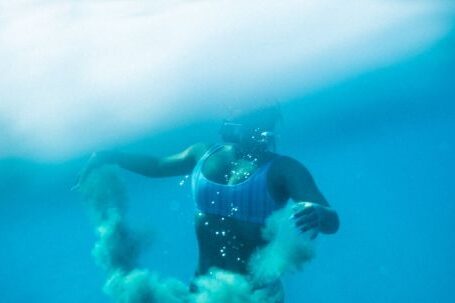The world beneath the waves is a mesmerizing and captivating place, filled with vibrant colors, intricate patterns, and fascinating marine life. While still images can capture the beauty of the underwater world, nothing quite compares to the immersive experience of a dynamic underwater video. In this article, we will explore techniques that will help you create compelling and visually stunning underwater videos that go beyond still images.
Understanding the Basics
Before diving into the techniques, it is crucial to understand the basics of shooting underwater videos. Water has a different density than air, affecting the way light behaves. As a result, colors tend to appear dull and washed out underwater. To combat this, it is essential to use the right equipment, such as underwater color correction filters or lights, to restore the vibrancy of the scene.
Mastering the Art of Composition
Composition plays a crucial role in creating visually engaging underwater videos. One technique is to incorporate natural elements, such as corals or rock formations, as foreground or background elements. This adds depth and dimension to your shots, making them more visually appealing. Another technique is to use the rule of thirds, placing the main subject off-center to create a more dynamic composition.
Capturing Movement and Action
Underwater videos can truly come to life by capturing movement and action. One technique to achieve this is to follow the movement of marine life. By tracking the subject as it swims, you create a sense of fluidity and dynamism in your videos. Additionally, incorporating slow-motion footage can emphasize the grace and elegance of underwater creatures, making for captivating visuals.
Exploring Different Angles and Perspectives
To add interest and variety to your underwater videos, it is essential to explore different angles and perspectives. Instead of shooting everything at eye-level, try shooting from below or above the subject to create a unique viewpoint. Experimenting with different camera positions and angles can result in visually striking footage that stands out from the rest.
Utilizing Time-Lapse and Hyperlapse Techniques
Time-lapse and hyperlapse techniques can add a sense of time and movement to your underwater videos. Time-lapse involves capturing a scene over an extended period, compressing time and revealing slow changes that are imperceptible to the naked eye. Hyperlapse, on the other hand, involves moving the camera slowly over a long distance while capturing a time-lapse sequence. Both techniques can create visually stunning footage that showcases the ever-changing underwater world.
Editing for Impact
The editing process is where your underwater videos truly come together. Use editing software to trim unnecessary footage, enhance colors, and add music or sound effects to enhance the overall experience. Pay attention to the pacing and rhythm of your video, ensuring that it flows smoothly and keeps the viewer engaged. Experiment with different transitions and effects to create a visually dynamic final product.
In Conclusion: Bringing the Underwater World to Life
Underwater videos have the power to transport viewers to a world they may never have the opportunity to explore themselves. By understanding the basics of shooting underwater, mastering composition techniques, capturing movement and action, exploring different angles, utilizing time-lapse and hyperlapse, and editing for impact, you can create dynamic and visually stunning underwater videos that go beyond still images. So grab your underwater camera, dive in, and let your creativity flow as you capture the beauty and magic of the underwater world.





